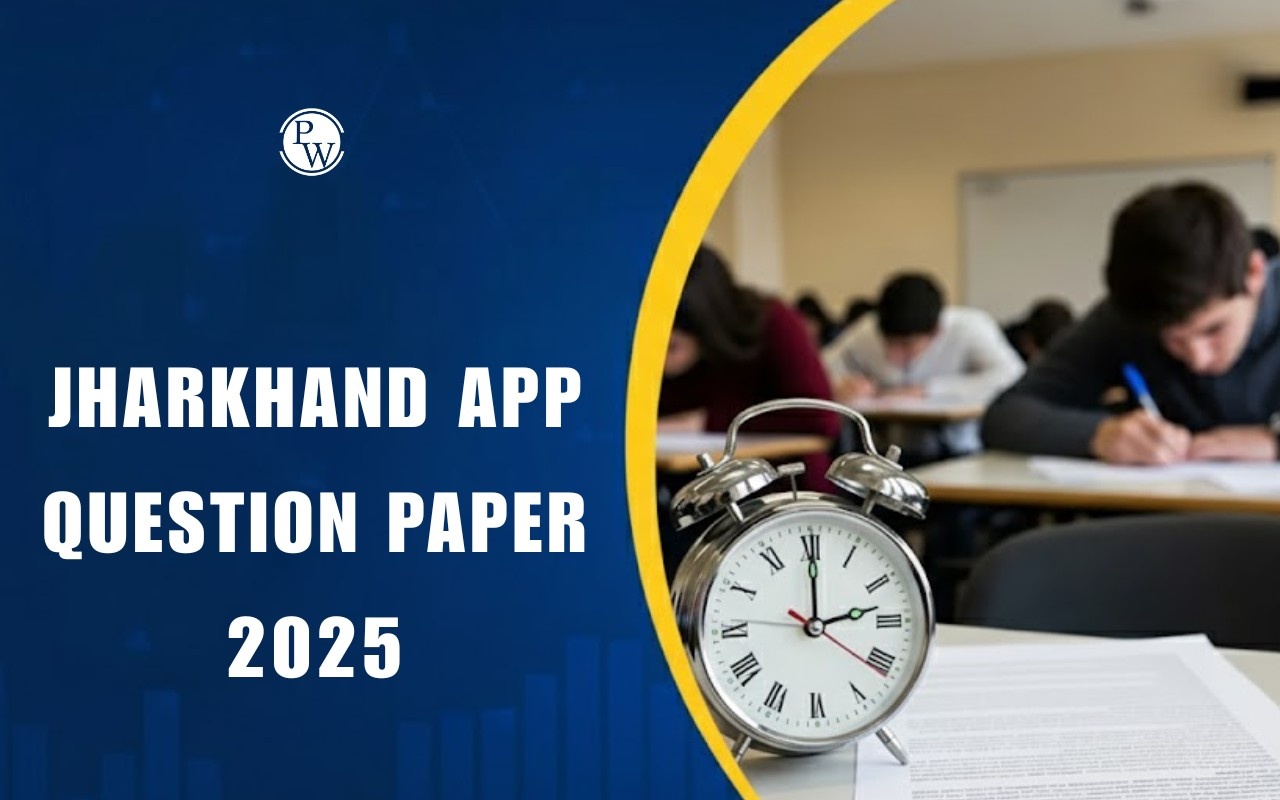
Judicial System In India is an essential pillar of the democratic framework, ensuring justice, equality, and the rule of law. Its design reflects India's unique social, cultural, and constitutional values, balancing continuity with historical traditions and contemporary needs. On this page, we will explore the introduction of the judicial system in India, its history, characteristics, and structure, and shed light on the hierarchy of courts, types of courts , and their distinctive features.
Introduction of Judicial System in India
The Judicial System In India is rooted in the Constitution of India, which envisions justice for all citizens, irrespective of caste, creed, or gender. It operates on principles of impartiality, independence, and adherence to the rule of law. It works independently of the legislative and executive branches, ensuring impartiality and integrity. This system is pivotal in interpreting laws, resolving conflicts, and maintaining social order in a complex and diverse nation like India. The judiciary acts as the guardian of the Constitution, interpreting and enforcing laws to maintain the delicate balance between rights and duties.
History of the Judicial System in India
The history of the judicial system in India dates back to ancient times. During the Vedic period, justice was administered by village assemblies and kings, with concepts of dharma (moral law) guiding decisions. The Mauryan and Gupta empires institutionalized legal procedures, with written laws and appointed judges . Early systems included local village councils or panchayats, which administered justice based on customs and traditions. The arrival of the Mughals introduced centralized judicial administration, with courts headed by Qazis.
The advent of Islamic rule brought the introduction of Sharia courts, which coexisted with traditional Hindu laws. However, the most significant evolution occurred during British colonial rule. The Britishers established a systematic judicial framework, introducing common law principles and setting up modern courts. This era laid the foundation for the present structure of the judicial system in India, incorporating traditional and colonial legal practices. The British established a structured legal framework, including the Supreme Court in Calcutta (1774) and high courts in Bombay, Madras, and Calcutta by the mid-19th century.
Characteristics of the Judicial System in India
Several characteristics define the Judicial System in India, making it unique:- Independence : The judiciary operates independently, free from interference by the legislature or executive.
- Single Integrated System : India follows a unified judiciary, where both central and state laws are adjudicated under a single integrated system .
- Constitutional Supremacy : The judiciary derives its authority from the Constitution of India, which is the supreme law of the land.
- Judicial Review : Courts have the power to review laws and executive actions to ensure they comply with constitutional principles.
- Public Interest Litigation (PIL) : The judiciary allows individuals or groups to seek justice on behalf of the public, making legal recourse accessible to marginalized communities.
- Hierarchy of Courts : The hierarchical structure ensures an organized and efficient administration of justice.
Structure of the Judicial System In India
The structure of the judicial system in India is hierarchical, with the Supreme Court at the apex, followed by High Courts and Subordinate Courts. This structure ensures streamlined justice delivery and clear jurisdictional boundaries.Hierarchy of Courts
-
Supreme Court : Established on January 26, 1950, it is the highest court of appeal and the guardian of the Constitution. It has original, appellate, and advisory jurisdiction. With 34 judges, including the Chief Justice of India, it handles constitutional cases, appeals, and matters of national significance.
- High Courts : India has 25 High Courts, each with jurisdiction over one or more states or union territories. They primarily handle appeals from subordinate courts, writ petitions, and certain original cases.
-
Subordinate Courts : These are classified into:
- District Courts : Handle civil and criminal cases at the district level. They are governed over by District Judges .
- Magistrate Courts : Deal with minor criminal cases and are categorized into First-Class and Second-Class Magistrates.
- Civil Courts : Address civil disputes, often divided into Senior and Junior divisions.
Types of Courts in India
The types of courts in India cater to various legal domains:- Civil Courts : Resolve disputes related to property, contracts, and personal matters.
- Criminal Courts : Handle offences against the state, including theft, assault, and murder.
- Family Courts : Focus on matrimonial and custody issues.
- Revenue Courts : Deal with cases involving land revenue and tenancy.
- Special Courts : Established for specific cases, such as CBI courts, labour courts, and consumer forums.
- Lok Adalats : Promote alternative dispute resolution for minor cases.
Features of the Judicial System In India
The structure and features of the Judicial System in India are designed to ensure justice for all:- Unified Framework : A single judicial system applicable to both central and state laws.
- Accessibility : Through initiatives like e-courts and Lok Adalats (People's Courts), the judiciary has become more accessible to citizens.
- Checks and Balances : The judiciary ensures the separation of powers by checking the arbitrary actions of the legislature and executive.
- Diversity : Judges are expected to interpret laws with sensitivity to India's cultural and regional diversity.
- Uniformity : All courts adhere to a common procedural code.
- Expansive Jurisdiction : Indian courts handle a wide array of cases, from constitutional matters to civil and criminal disputes.
Challenges
Despite its strengths, the judiciary faces challenges:- Case Backlogs : Over 4 crore cases are pending across courts, causing delays.
- Corruption Allegations : Instances of judicial misconduct have eroded trust.
- Resource Constraints : Many courts face infrastructural and manpower shortages.
- Judicial Vacancies : A significant number of judicial posts remain unfilled, affecting efficiency.
- Accessibility : Legal aid for economically weaker sections needs further improvement.
How To Become A Judge In India
E-Courts Mission Mode Project
The E-Courts Mission Mode Project was launched in 2005 which was aims to digitize and modernize India's judicial system, ensuring efficiency, transparency, and accessibility. It encompasses the computerization of courts at all levels, including district and taluk courts, digital case management, video conferencing for witness testimonies, and online platforms like lobis.nic.in and judis.nic.in for accessing judgments and case details. Judicial Service Centres further enhance public and advocate convenience by providing free updates on case status and hearings. This project is a significant step towards creating a tech-enabled, streamlined judiciary.
Reforms and the Way Forward
To strengthen the Judicial System in India, several reforms are necessary:- Digitization : Expanding e-courts and digital records can expedite case resolution.
- Fast-Track Courts : Establishing more fast-track courts for sensitive cases, like those involving women and children, is crucial.
- Judicial Accountability : Strengthening mechanisms to ensure transparency and accountability within the judiciary.
- Alternative Dispute Resolution (ADR) : Promoting ADR methods like arbitration and mediation can reduce the caseload on courts.
Judicial System in India
Q1. What is the structure of the Judicial System in India?
Q2. What are the functions of the Supreme Court in India?
Q3. How does the Judicial System in India ensure justice?
Q4. What is the role of High Courts in the Judicial System in India?
Q5. What challenges does the Judicial System in India face?
Q6. How can the Judicial System in India be improved?










